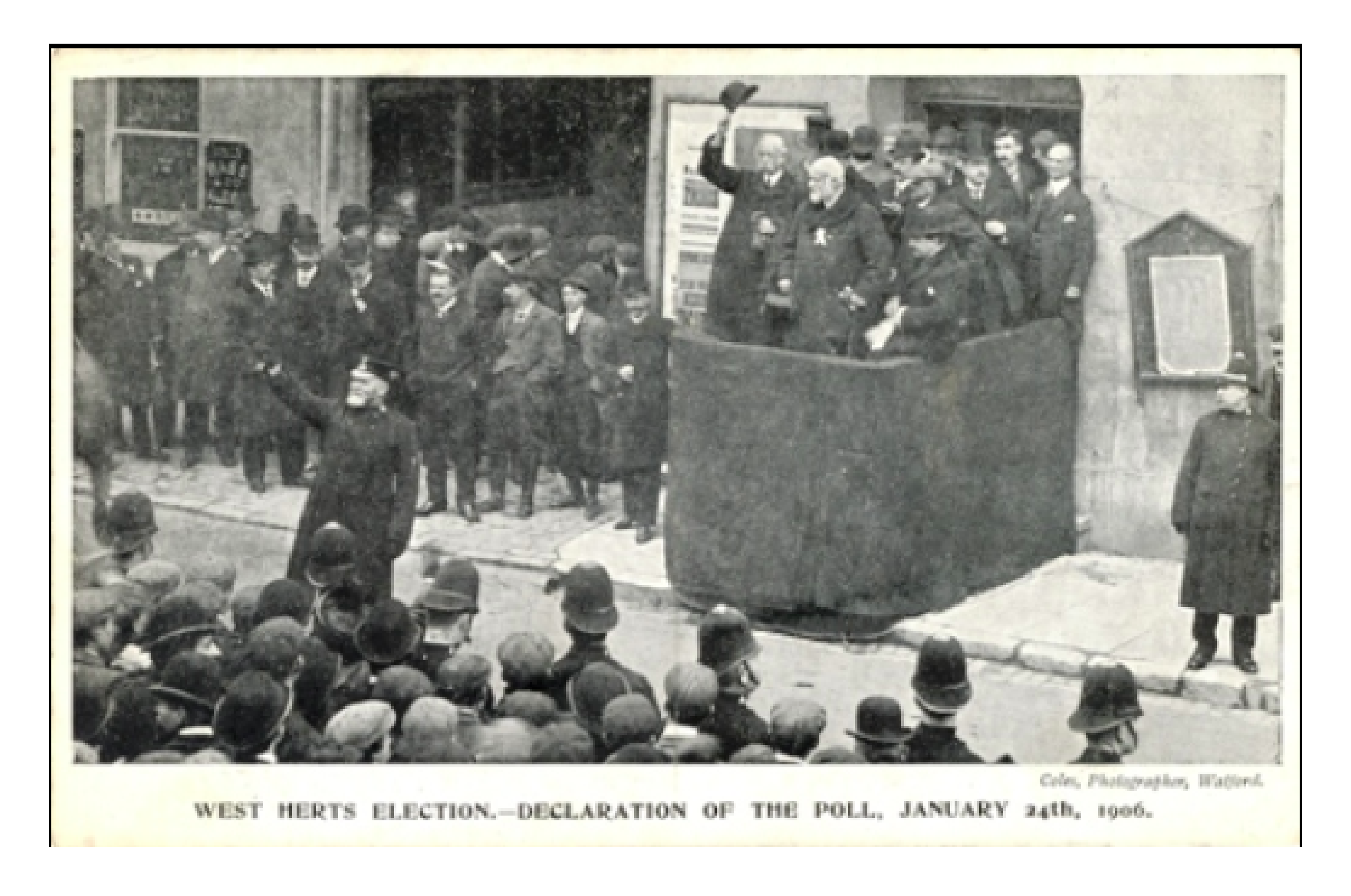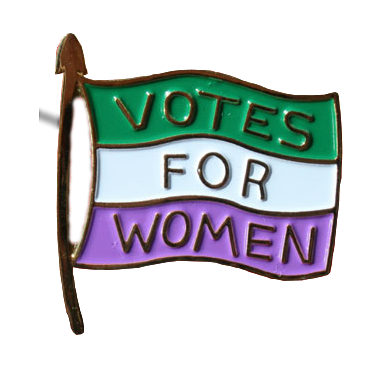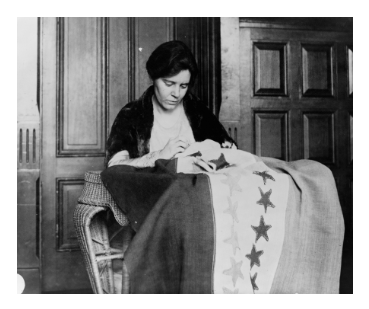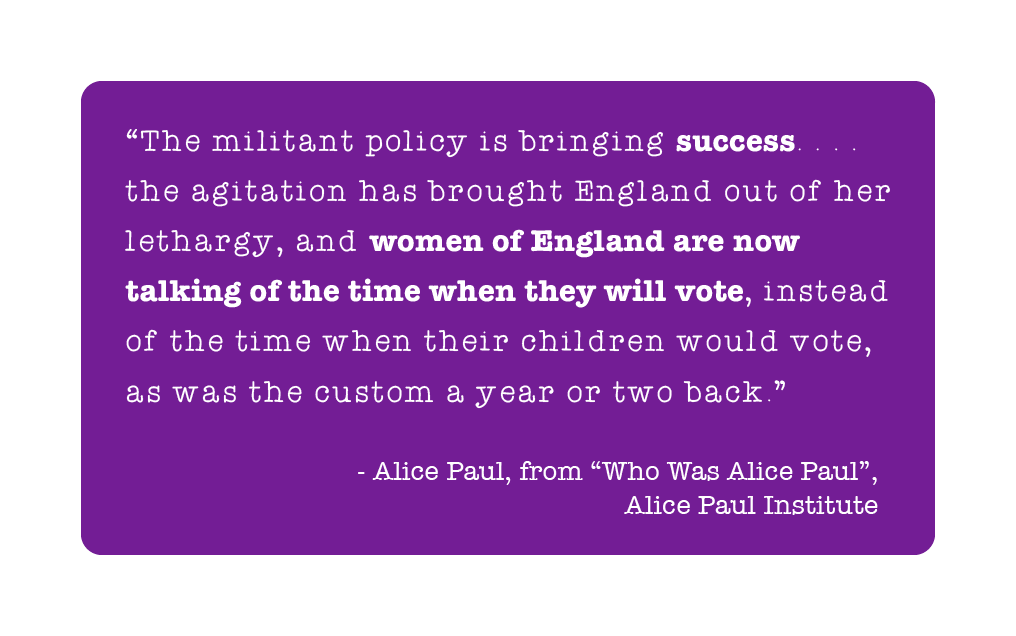In 1904, the Suffragettes began their methods of militancy. They disrupted the Liberal Party Meeting in Westchester and did so once again in 1905, when they were put under arrest for the first time.





In 1904, the Suffragettes began their methods of militancy. They disrupted the Liberal Party Meeting in Westchester and did so once again in 1905, when they were put under arrest for the first time.

The 1906 Liberal Party Election yielded the selection of 400 out of 650 members of Parliament (MP) who supported the Suffrage Movement.

West Herts Election - Declaration of the Poll, January 24, 1906 (Coles, Photographer, Watford)

In 1908, Emmeline Pethick Lawrence, treasurer of the WSPU, established the colors which symbolized the solidarity of the Suffragettes:
Green (hope), White (purity),
and Violet (loyalty and dignity).

"Votes for Women" Suffragette Pin, n.d., Suffragette Life

In 1907, Alice Paul, a prominent leader in the American Women’s Suffrage Movement, arrived in England to study social work and became interested in the Suffragette Movement after listening to a speech by Christabel Pankhurst. She joined the movement and learned how to gain publicity and use it to her advantage. In 1910, she brought these methods to the United States and, in 1916, founded the National Women’s Party, who engaged in similar militant behaviors. These actions gained the sympathy and support of the press, politicians, and the public. American women gained suffrage in 1920.

'Alice Paul sewing American Suffrage Flag', n.d., Library of Congress
